I know it is sometime since I last updated. On top of writing articles for Techgoondu covering the most anticipated camera phones in the market at the moment, I did a trip to Hoi An and Taman Negara, Malaysia. So Travel Thru’ The Lens had two trips in the past two months and it was whirlwind after the shoot at iLight. So here I will focus on Hoi An which is a month behind the trip, something I should have wrote but was invited by Tourism Malaysia to check out Taman Negara the same week. Since this is a place I have been thinking of going for the longest time, it was a chance I couldn’t pass on. Will have another post on that. All shots are done with Fujifilm X-Pro 2.
Why Hoi An?

There are many people who started off with Vietnam either with the visit to the Southern city of Ho Chi Minh City or Saigon for those who are familiar with the Vietnam war films. The other of course is the capital city of Hanoi. I was pretty set to do Sapa via Hanoi until I chanced upon the article on Jetstar on my way back from Bali about Da Nang and that got me thinking. In fact Justin Mott, that famous Ang Mo professional photographer from the Photo Shoot Out series with History Channel, told me to spend more time at Hoi An instead of Da Nang. You’d never go wrong listening to photographers because we know what will get our creative juices going when it comes to image making.
And in short I was not disappointed and in fact I would go back again to conduct another class with Etienne of Pics of Asia in August.
Hoi An – A Trading Port
Somehow I have this affinity with UNESCO heritage sites. The past years I have been to Penang and Malacca and both are trading ports. Hoi An is also another trading port because of the spice trade. With the spice comes the traders from the Middle East, China, Japan, Holland and India and with them settled in Faifo, the old name of Hoi An (会安), one can see the architectural and cultural influences. The port however wanes in terms of influence when the French was given the rights to trade in the nearby port of Da Nang. As trading ships gets bigger, the silting of the river system makes it impossible for ships to anchor.
Perhaps it is because of the lost status that enables Hoi An to retain much of its charms and it makes it easy for UNESCO to confer the town a Heritage Site. Unlike Malacca or Penang, Hoi An has a centralised ticketing booth. If you do want to visit the old houses of some prominent family of the town, entry tickets must be bought at the booths. The funds collected is said to help to upkeep Hoi An.
How to Go
The easiest way to travel to Hoi An is from Singapore via Jetstar to Da Nang. There are other flights from around the region most notably from Bangkok or Hanoi but the travelling time will be much longer. From Da Nang, take the taxi to Hoi An. Thanks to Anh our guide, we are picked up from the airport and checked into La Residencia Boutique Hotel.

Streets of Hoi An
The streets of Hoi An is a mixture of the cultural influences from the traders who have visited the town during its hey days. I would say the architecture is predominantly Chinese in looks. Like Malacca the place is slowly over taken by western style coffee shops and numerous tourist souvenir stalls along the roads. There are still gems now if you take the back roads and alleyways. You can also try eating the food stalls along the river banks to have a taste of local life.
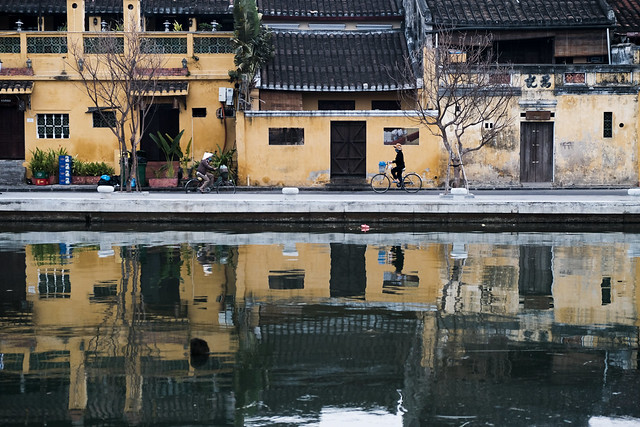

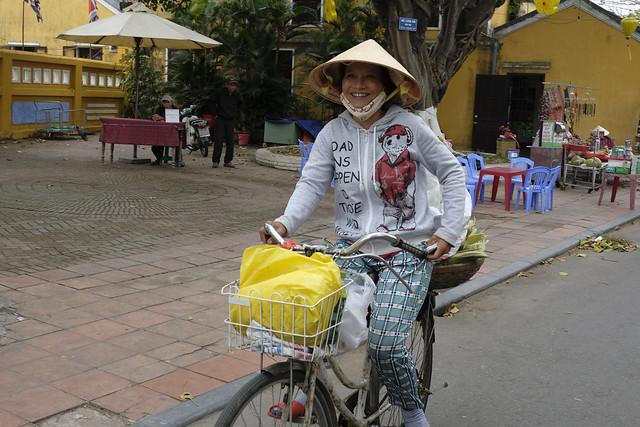

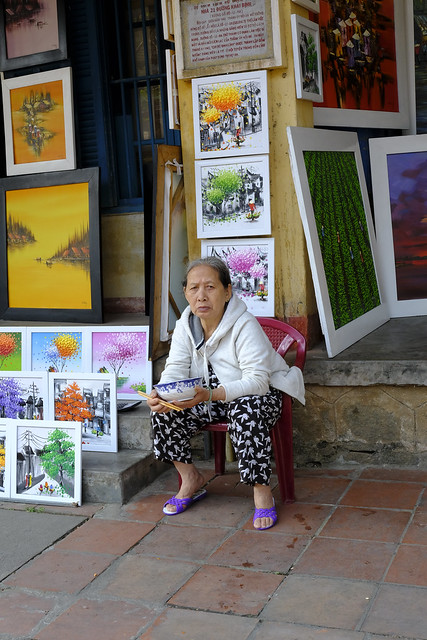
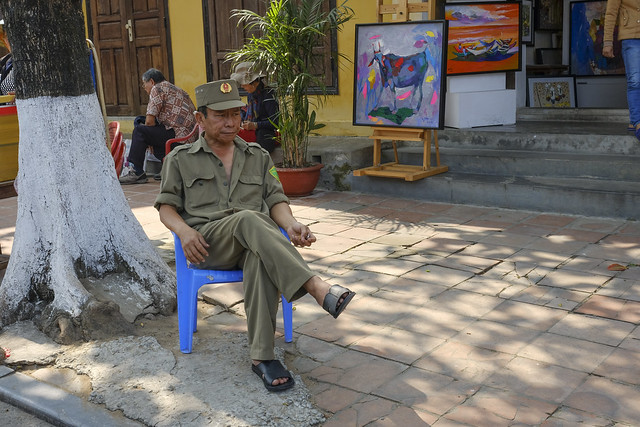
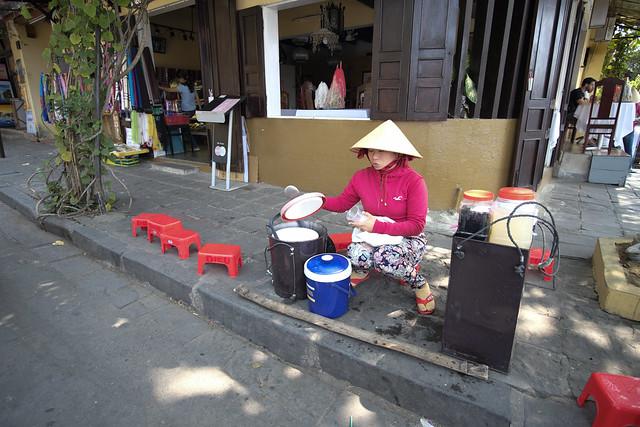
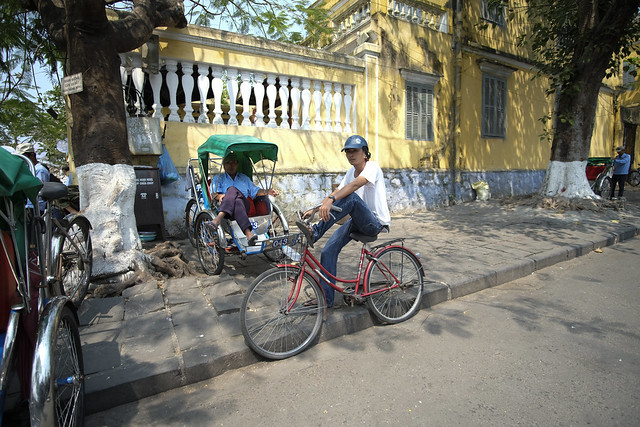


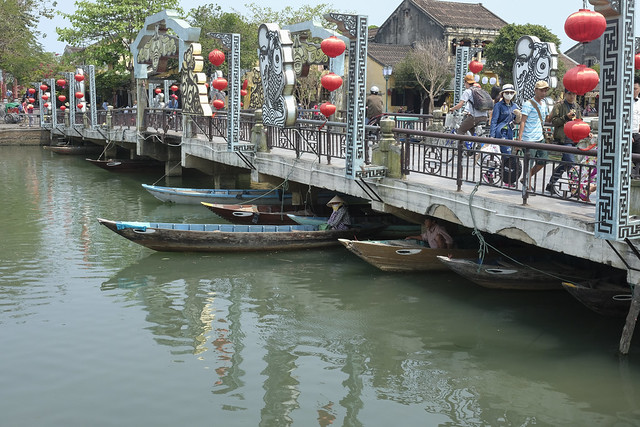
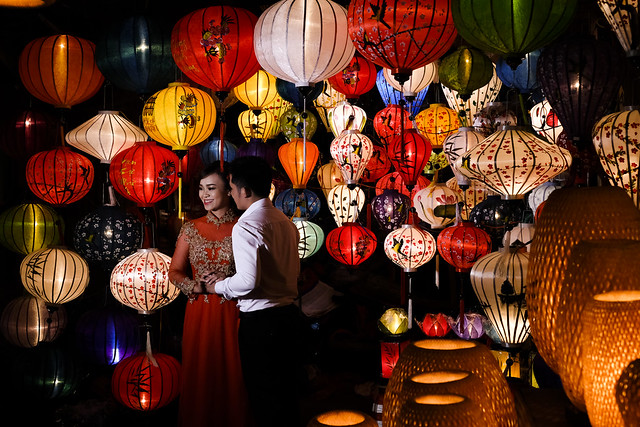
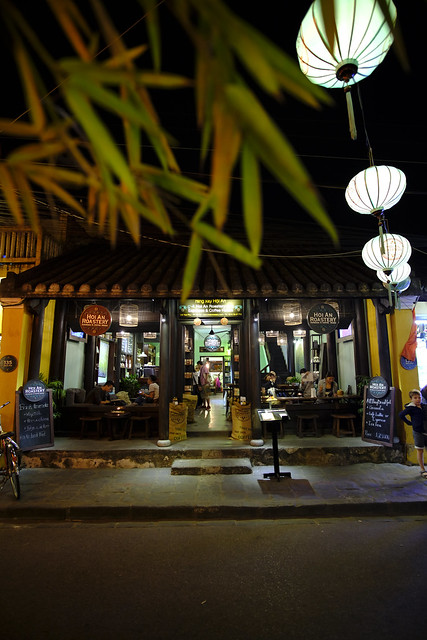

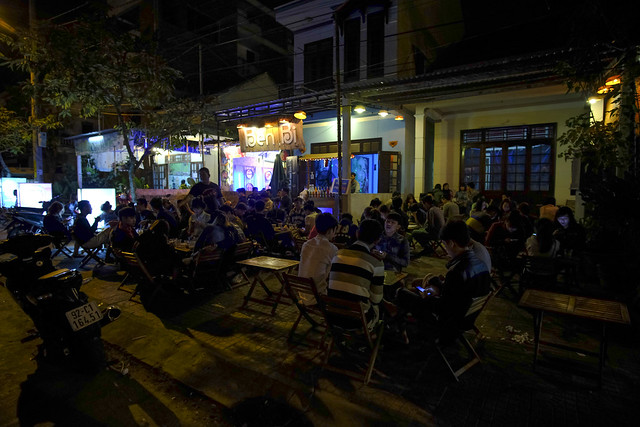
Heritage Homes and the Japanese Bridge
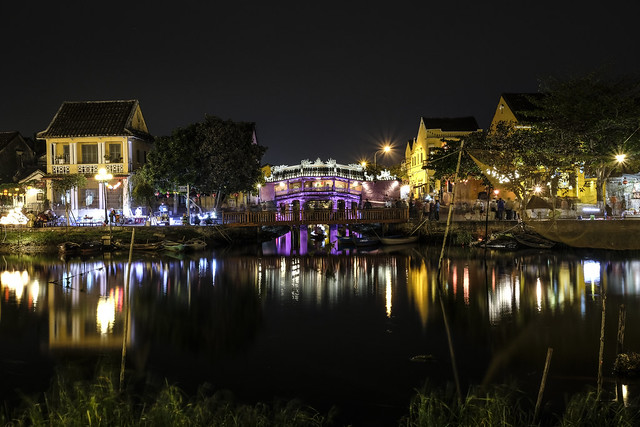
The Japanese bridge is the centre of the old town and the background of many a wedding photos (more on that later). Build by Japanese settlers, it is a way for the traders to cross the river to reach the Chinese Quarters. At both ends of the bridge are statues of 2 pairs of Dog and Monkey, that symbolises the start and end of the construction of the bridge from the year of the Dog to Monkey.
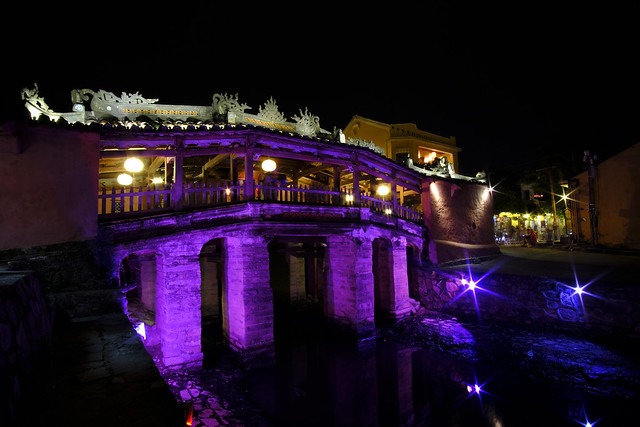

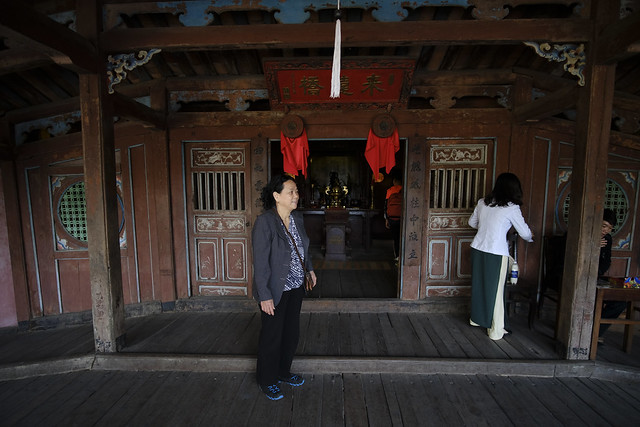
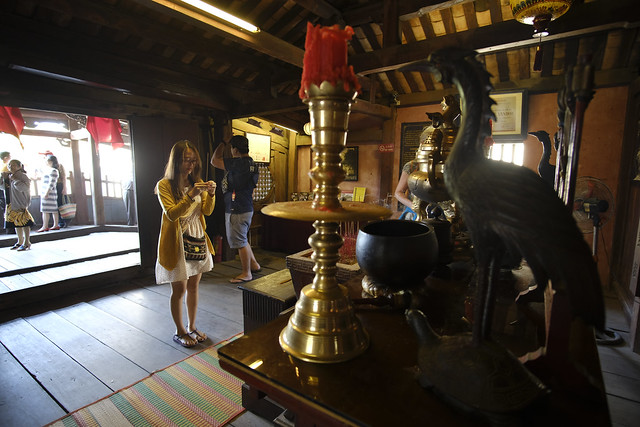
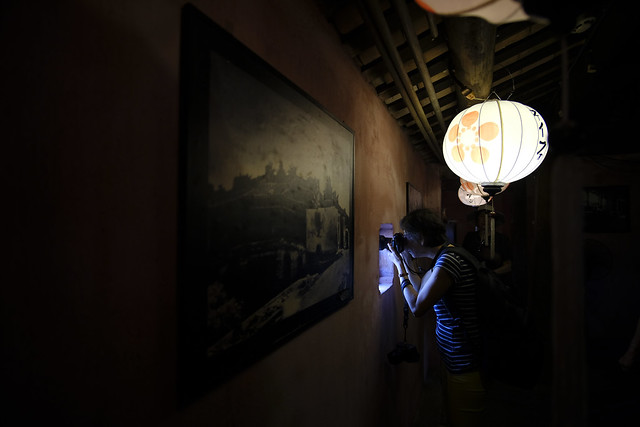
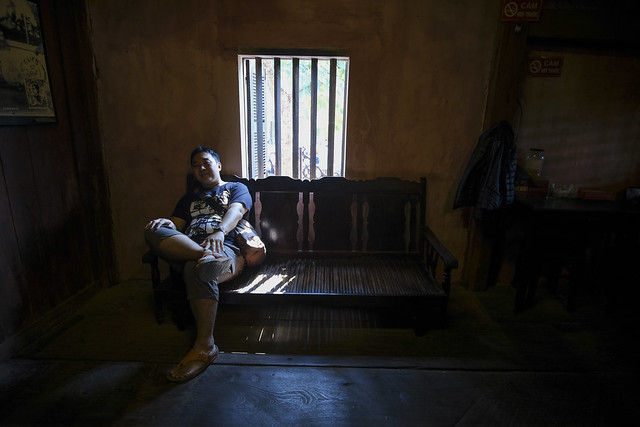


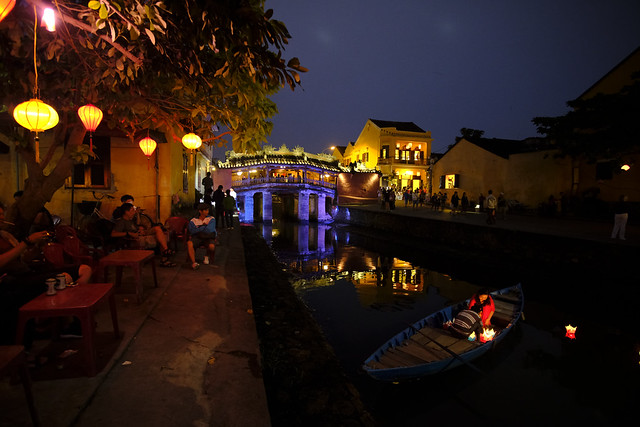
On both sides of the shores of the bridge are also heritage homes akin to those baba nonya house we see in Penang and Malacca. Rich in history, these houses are still owned by the decedents of the owners who built them.
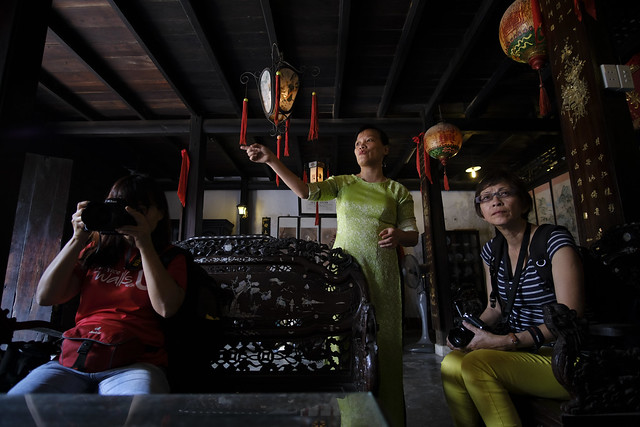





Mingling with the Locals – The Markets and Cam Nam Island
There are many markets and the most interesting is the fishing village/market at Duy Hai. Here the fishmongers (predominantly women) picks up the fish from the fishermen at the banks of the river just before sun rise so they can bring the produce to sell at the various markets throughout the town. You can witness how the women haggles and even steal the fish under the nose. Very very exciting.
There is even a dry dock next to the village where the fishing boats are repaired so you can take photos of workers fixing the boats.
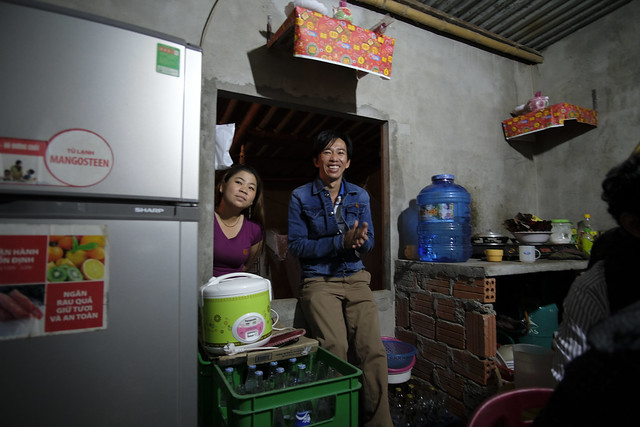
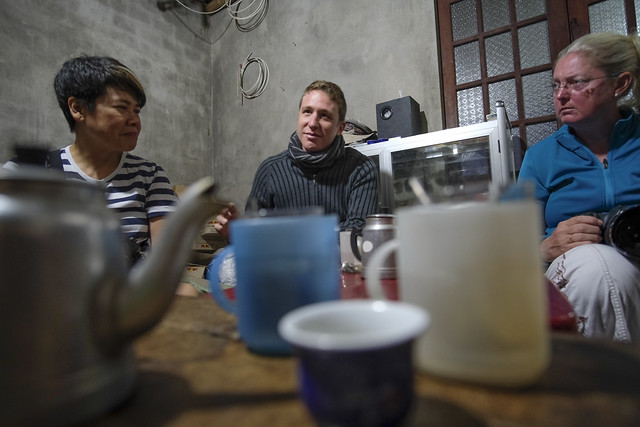
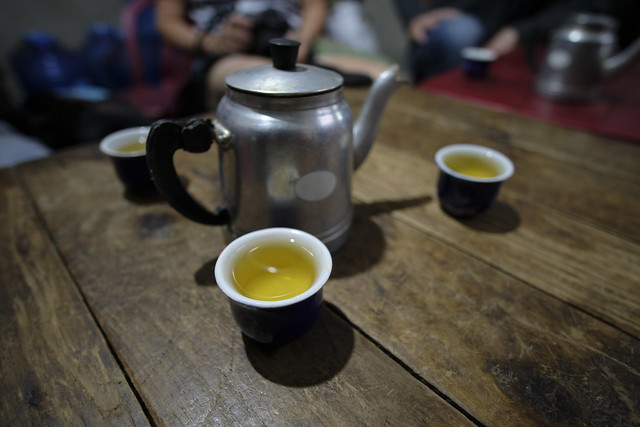
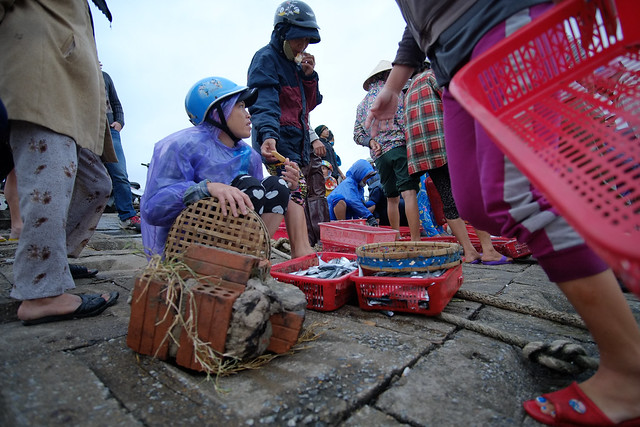

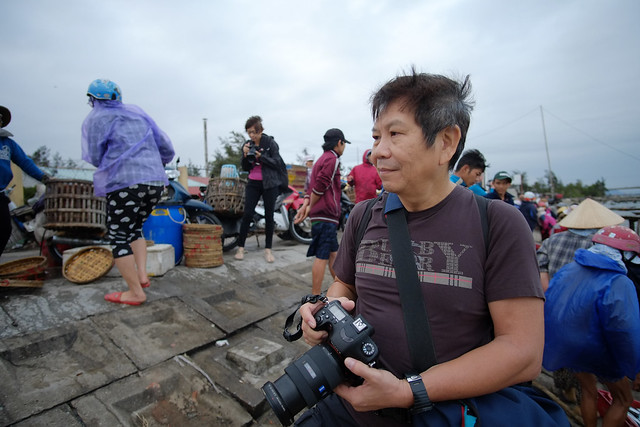
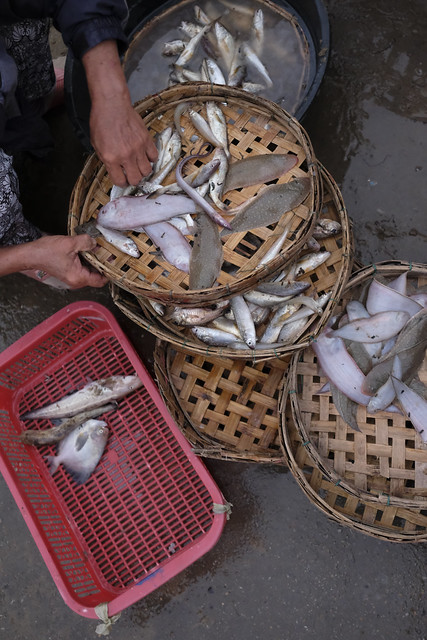

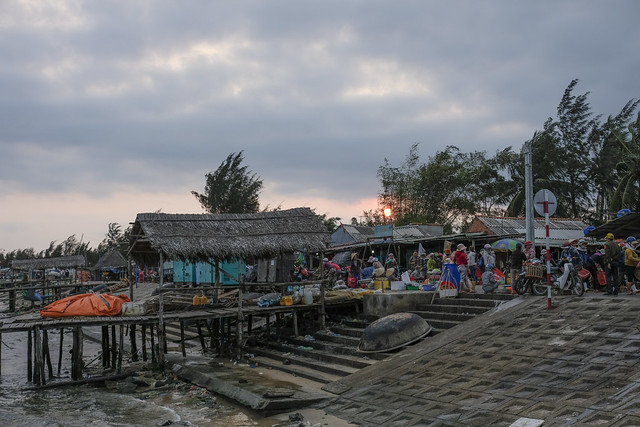
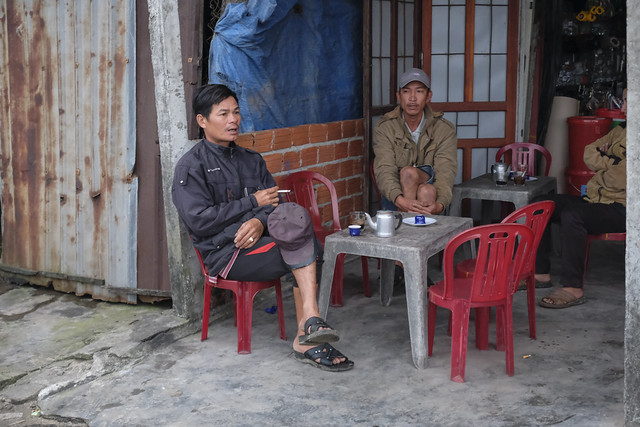
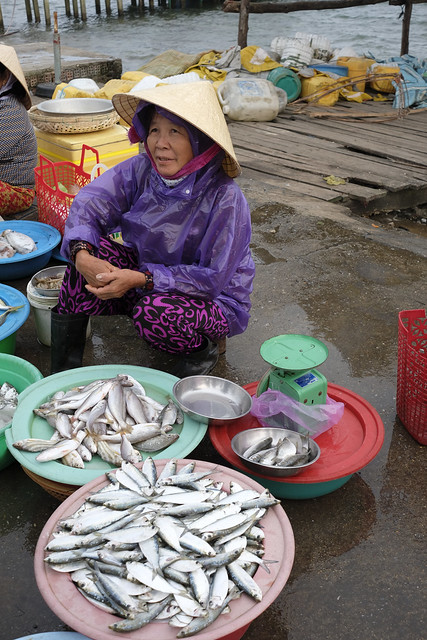

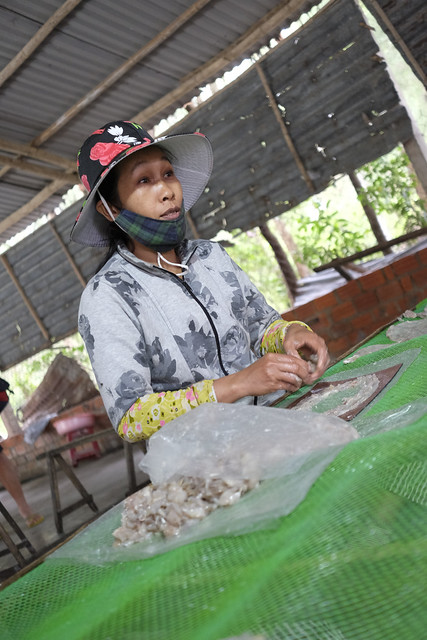
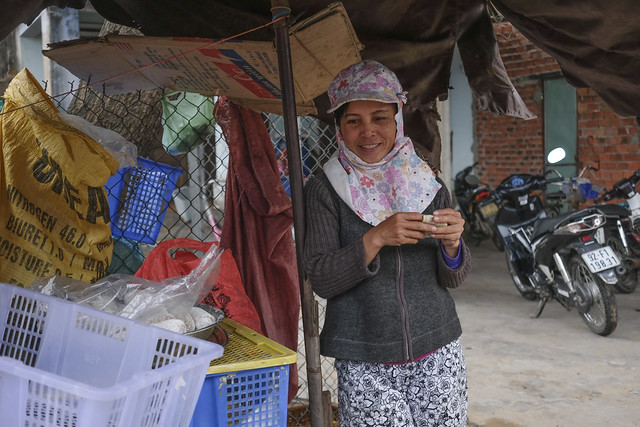
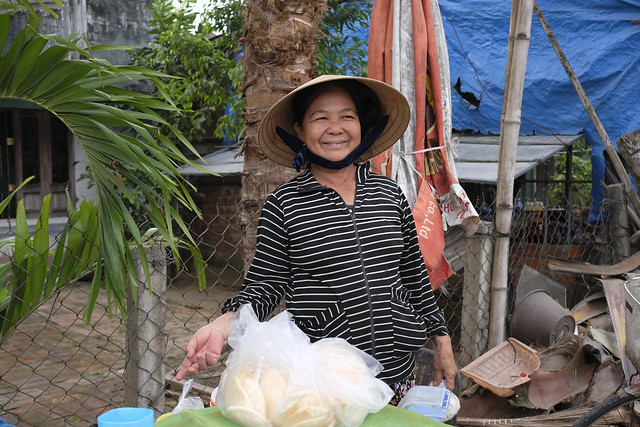
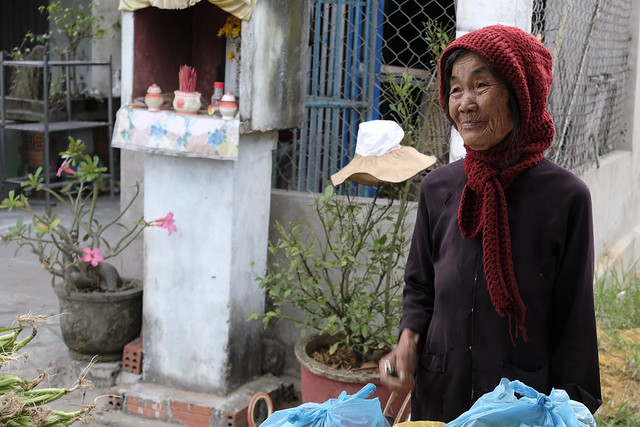
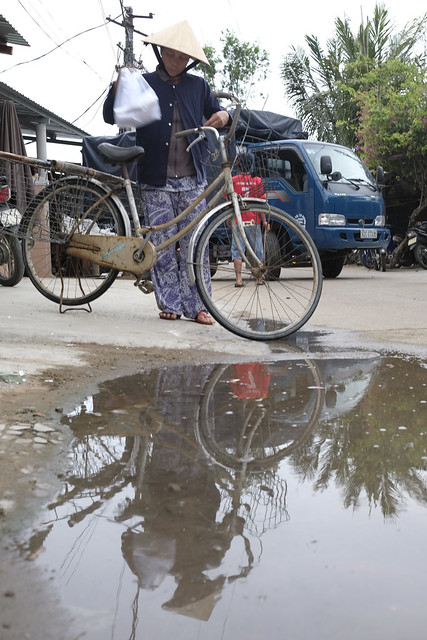
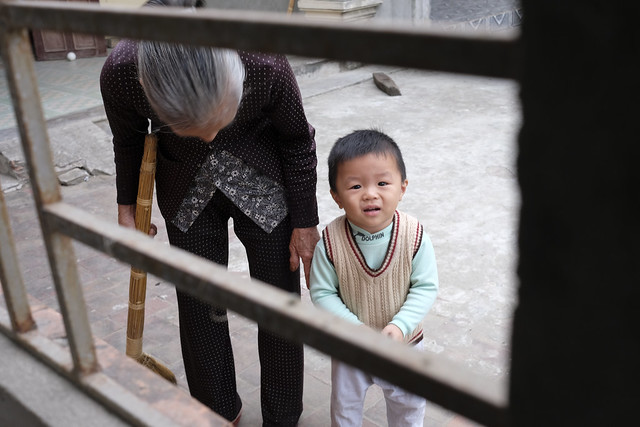

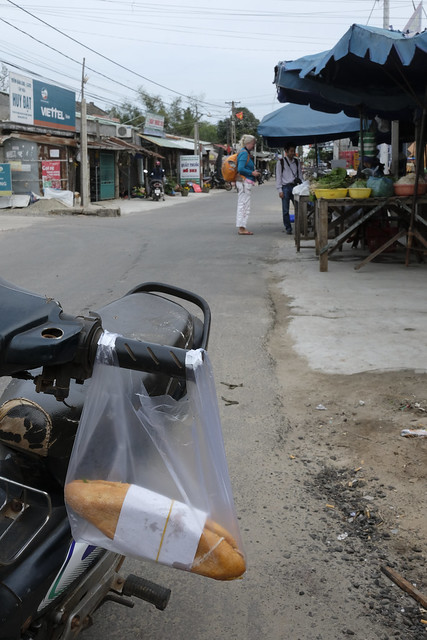
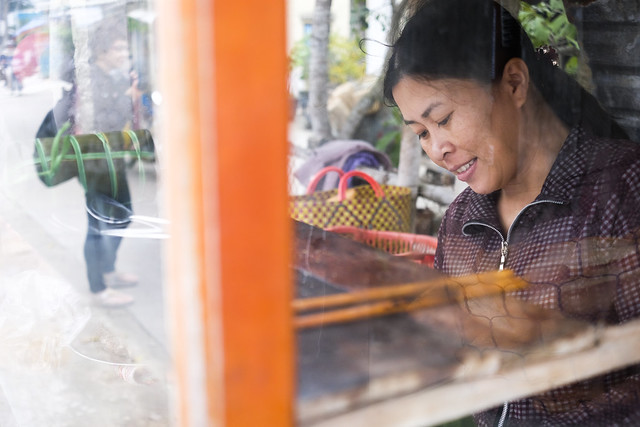
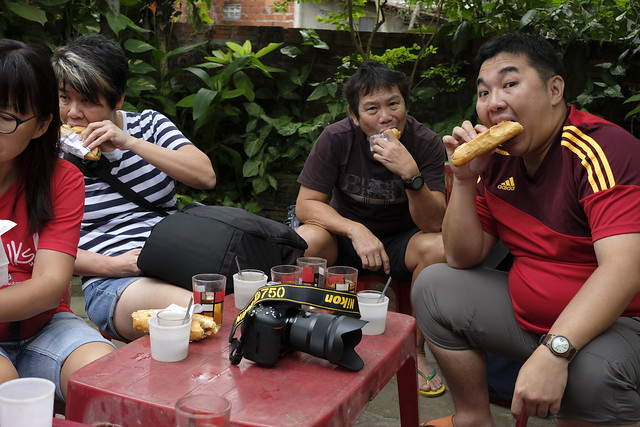
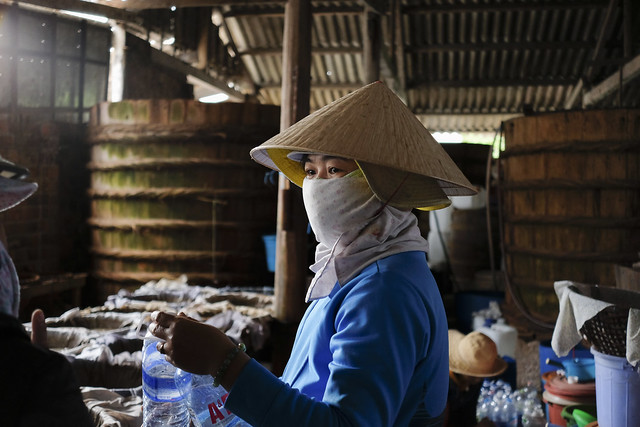

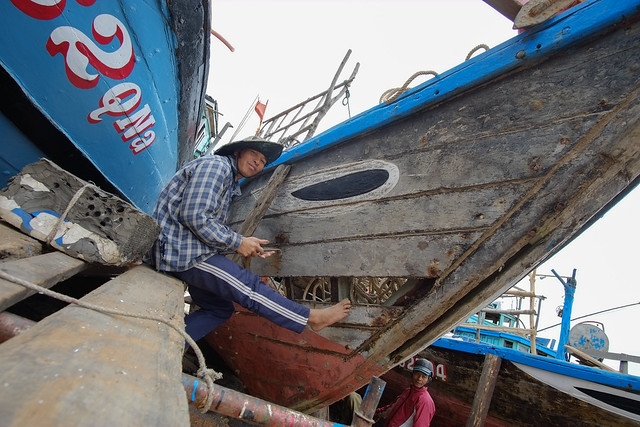
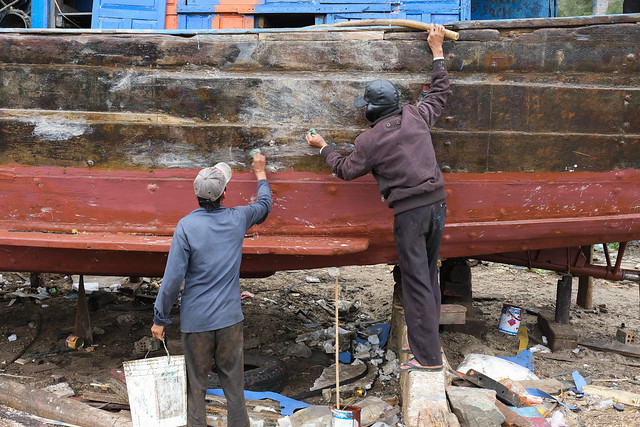
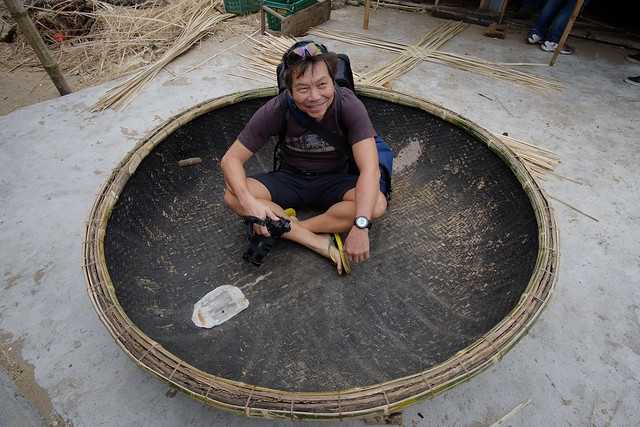
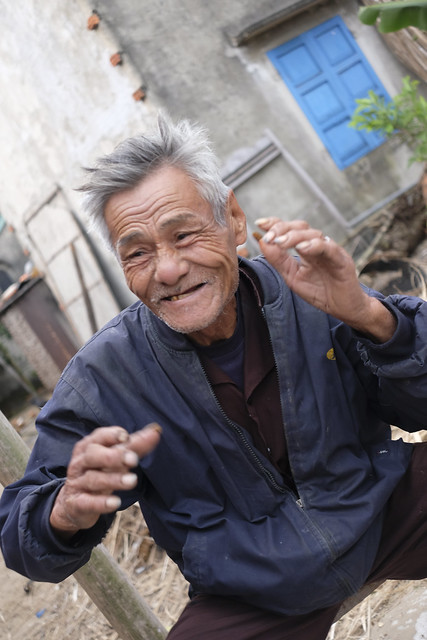
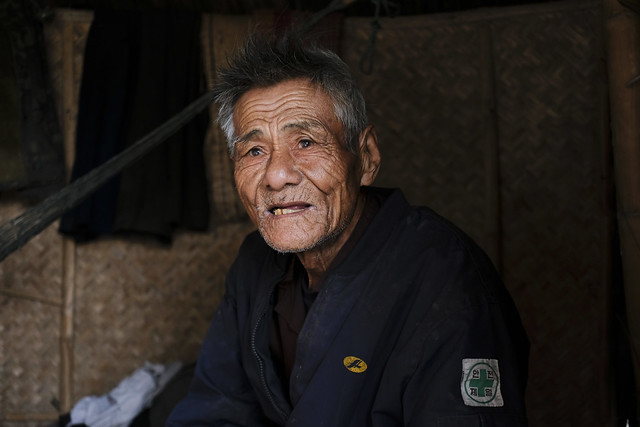
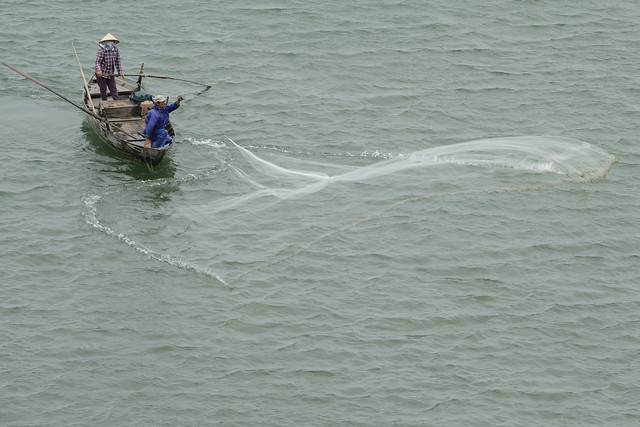
Just south of the old town is Cam Nam Island. It was used to be served by the boat ferries across the river but now has a bridge for easier access. Still it is faster to go by boat which is a few minutes away. The Island is somewhat like the Ubin Island of Singapore. Where the main land has all the crowds and expensive stuff, the Island itself is more reflective of local life. Here we get to see the farming community and to see the local houses too.
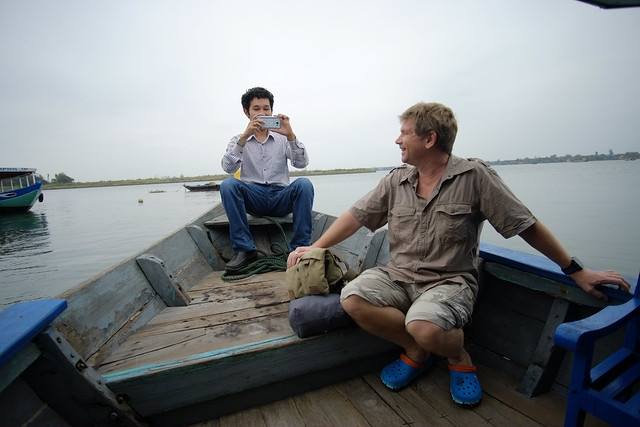
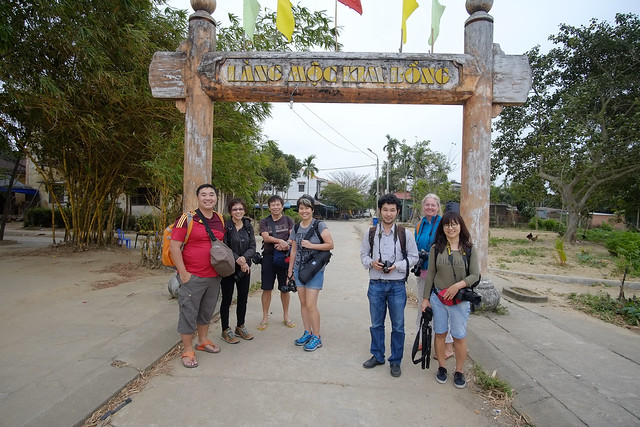
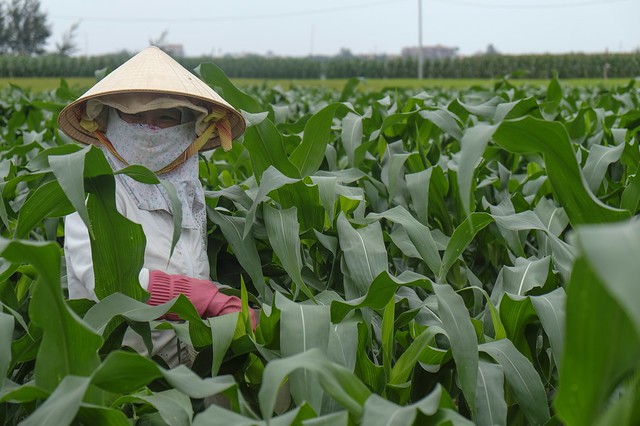
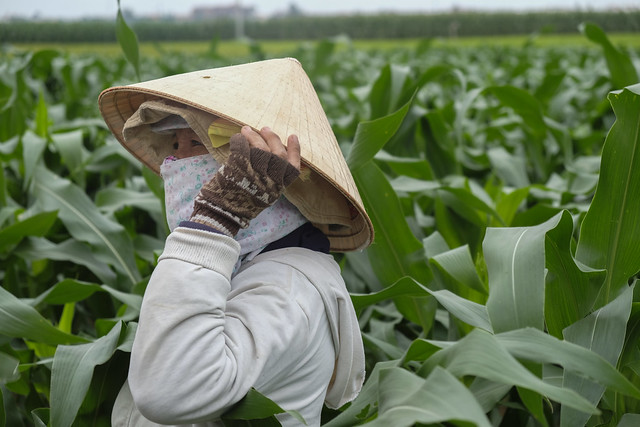


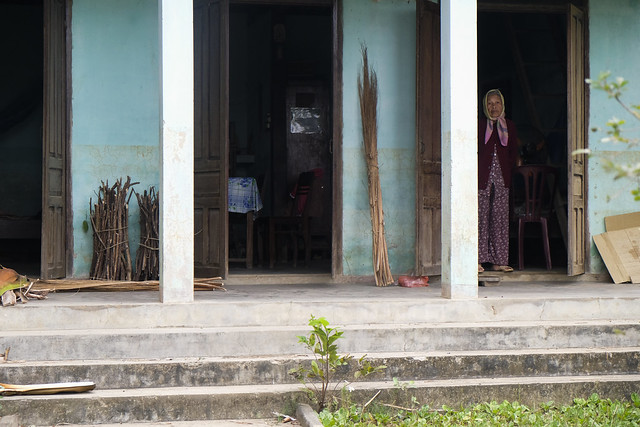
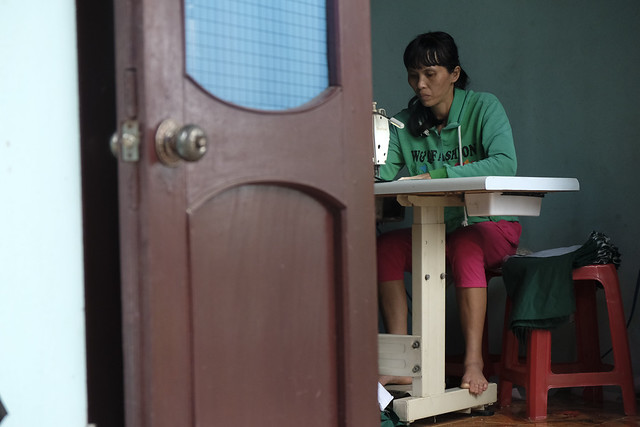
Following the Fishermen
Knowing how the fish is sold is one thing but how the fishermen get their fish is quite another. We followed two fishermen to check out how they harvest the fish using their bowl boats or basket boats to get to their nets and haul in the catch. Too bad there isn’t much when we followed them out to sea and seeing them steering and propelling the boat is quite hypnotic. It is a tough life!
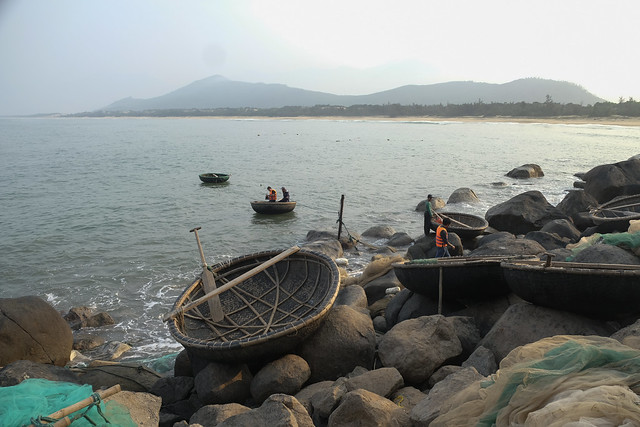
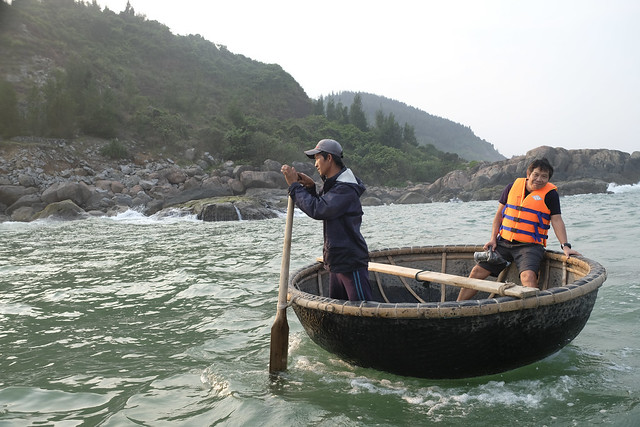

Marble Mountains or 5 Elements Mountains
Not exactly mountains but 5 marble and limestone columns situated at the south of Da Nang city. We went up to the main column via the steps and entered its caves. Like those found in Ipoh the caves or grottos can be huge and in our Asian context, Buddhism seems to thrive in such areas. There is a temple at the top of the mount and within the caves are alters to Buddha and other gods. As the area is made up of marble and limestone, sculpting is easily the main occupation for most of the residents here.
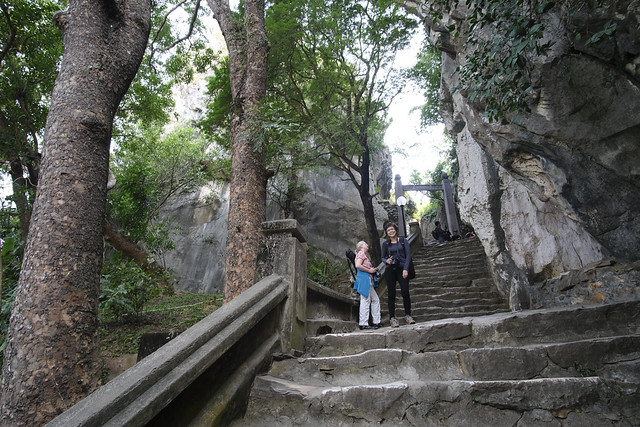


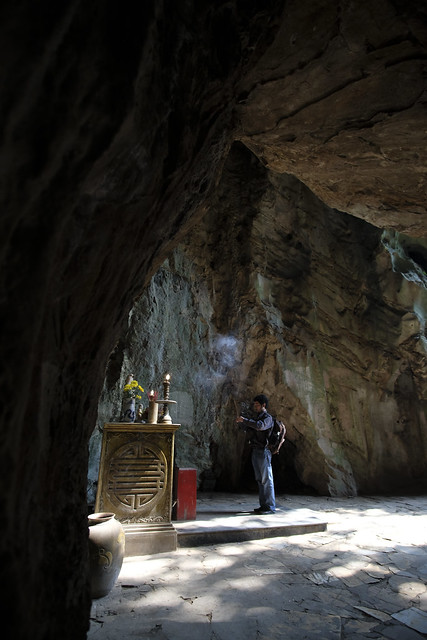
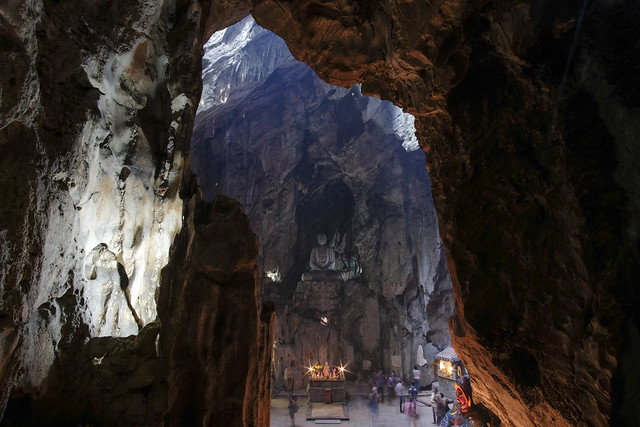
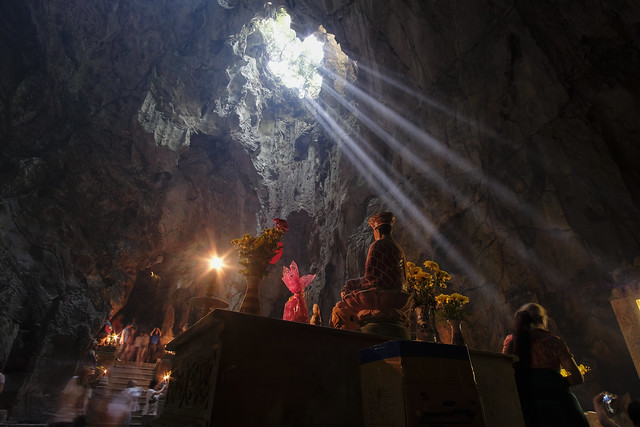
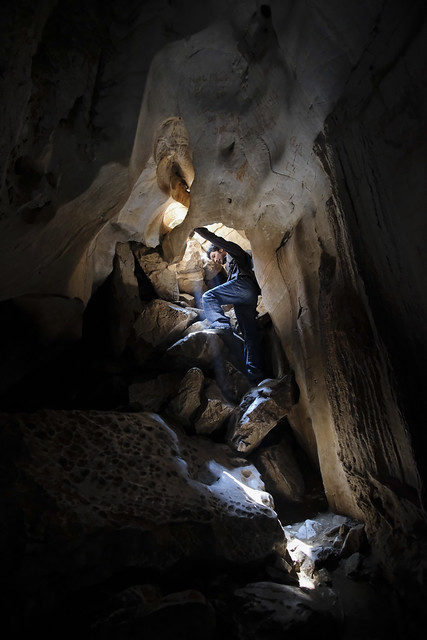

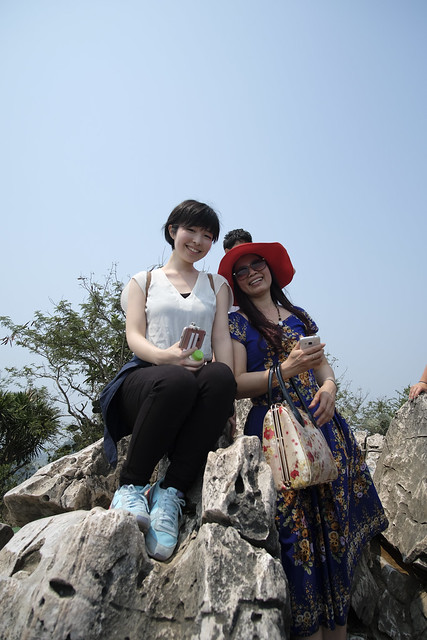
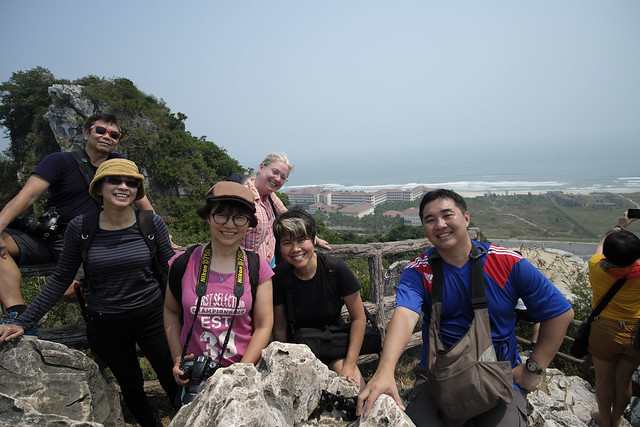
Son Tra Guanyin Temple on Monkey Mountain
Using a total of 6 years to build, the Guan Yin Statue is unveiled in 2010. It can be seen from Non Nuoc beach. Pity didn’t spend much time here because the Son Tra Peninsula has wild life and should be a great stop for wild life photography.
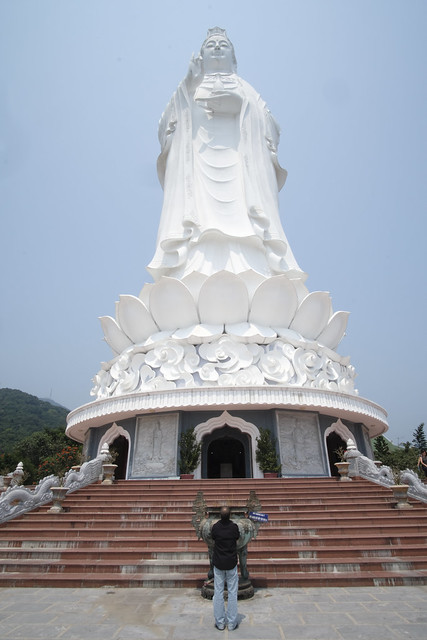
Hai Van Pass
“The Hải Vân Pass crosses over a spur of the Trường Sơn (Annamite) Range that emerges from the west and juts into the South China Sea, forming the Hải Vân Peninsula and the adjoining Son Tra Island. The pass, which once formed the boundary between the kingdoms of Đại Việt and Champa, also forms a boundary between the climates of northern and southern Vietnam, sheltering the city of Da Nang from the “Chinese winds” that blow in from the northwest.” Wikipedia.
This pass do have some significance when it comes to the Vietnam war and has always been the border between the North and South parts of Vietnam. So this is a place that is hotly contested with Da Nang in the South and Hue City in the North. Even the buildings on top of the hill have bullet holes in it! It is very scenic place and will be even nicer if we take a bike tour here.
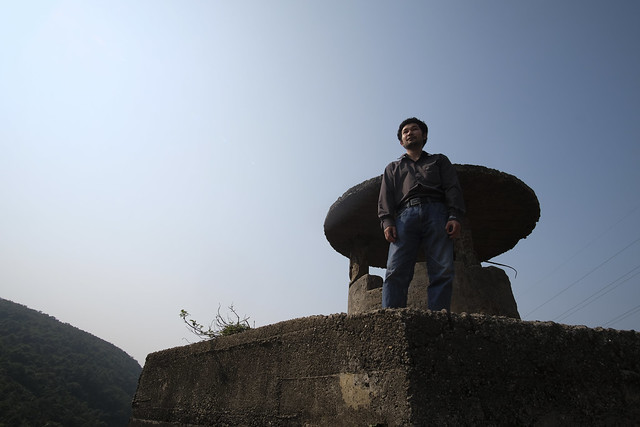
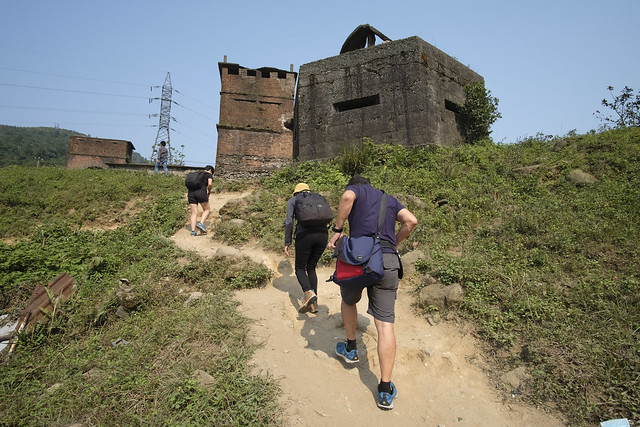

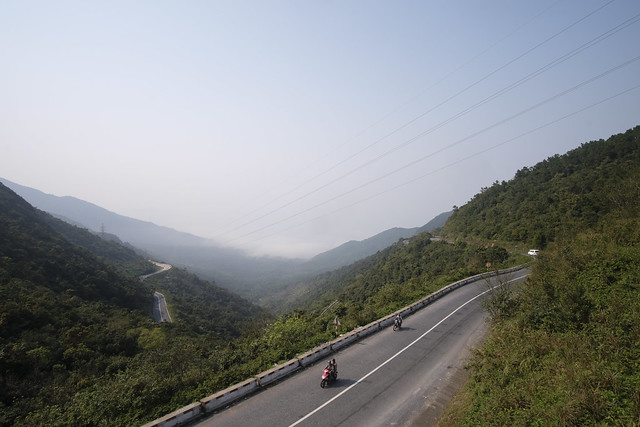
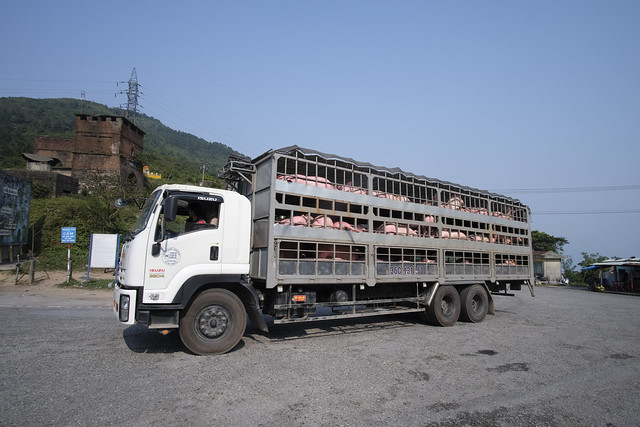
Da Nang
There’s no way to avoid Da Nang since it is the gateway to Hoi An. Da Nang is the third largest city after Hanoi and HCM City/Saigon. And I am glad that it is not as touristy as the other two. Still it doesn’t stop resorts from building next to its pristine beaches. The city quite honestly feels like a town more. Somewhat akin to Perth and Melbourne even. Perhaps because of this it is very liveable and even quiet by most city standards.
Moving around the city is not exactly easy. Unlike Saigon, you can cross the streets that is not that wide and so is not that stressful. But in Da Nang, the roads are much wider and my heart stops quite a lot while crossing even though I have been trained in Saigon before (just walk straight and don’t stop as the motorcyclists will know how to avoid you if you keep walking.
We also visited their main markets and was really interesting. Iris got her wish to visit a Cao Dai temple/church too, an eclectic mix of various religions of the world that can only be found in Vietnam.
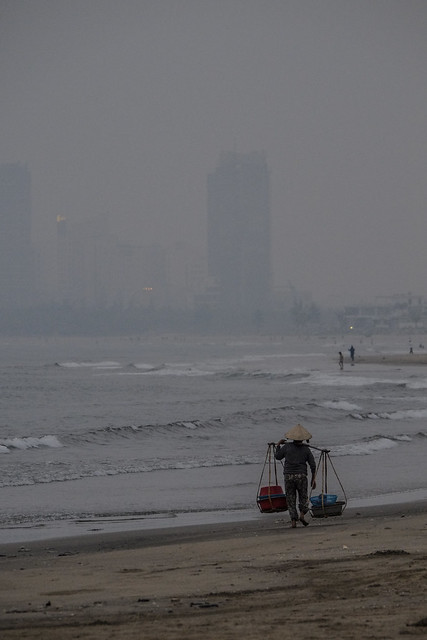
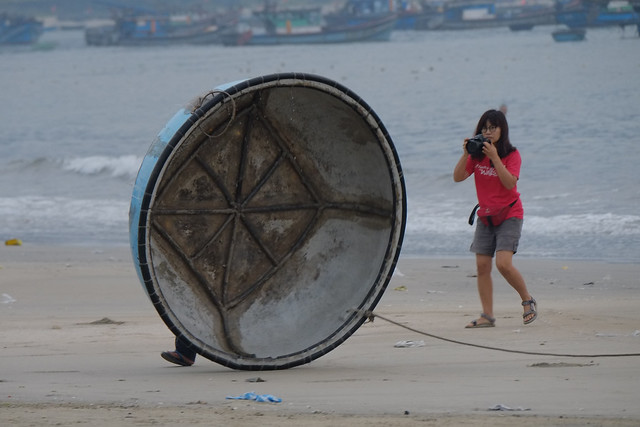
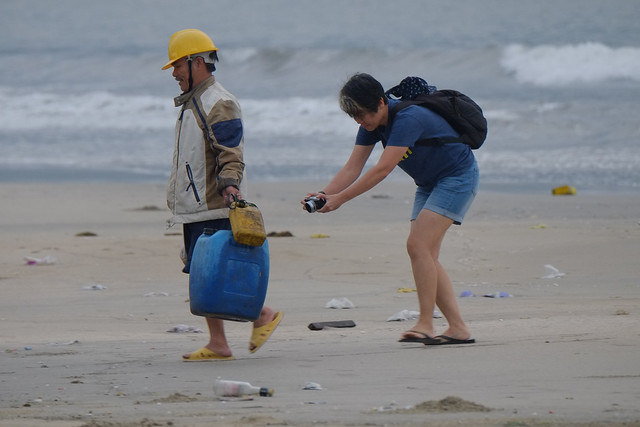
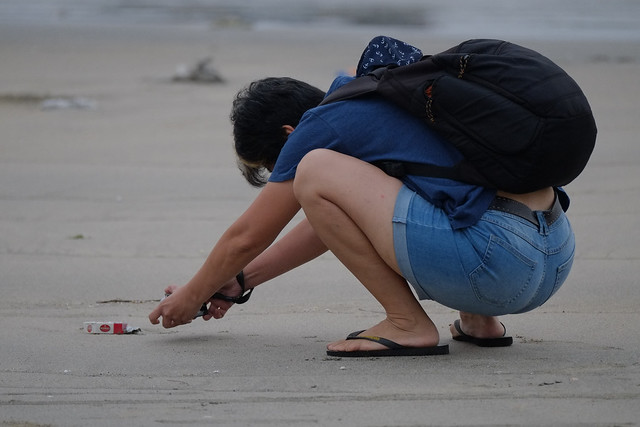
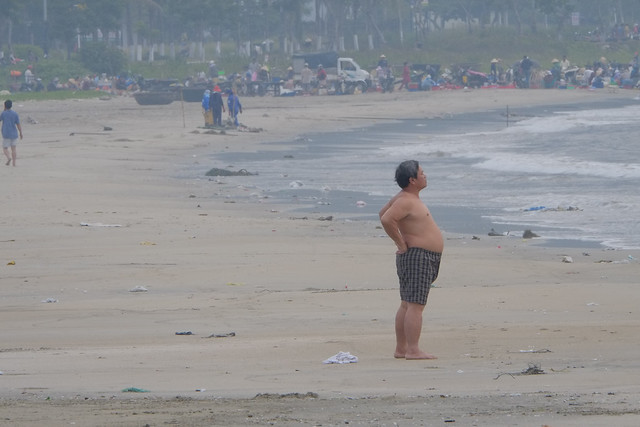
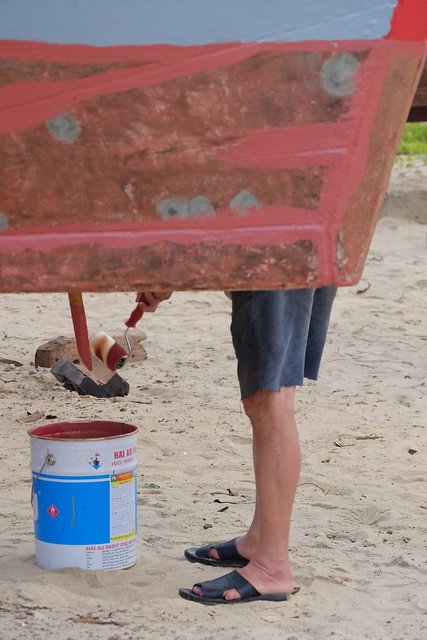
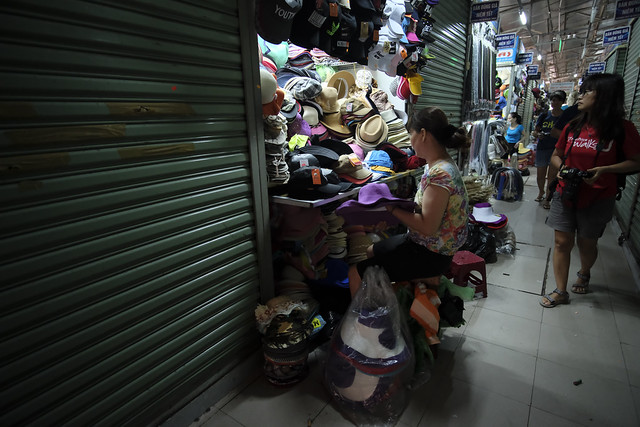
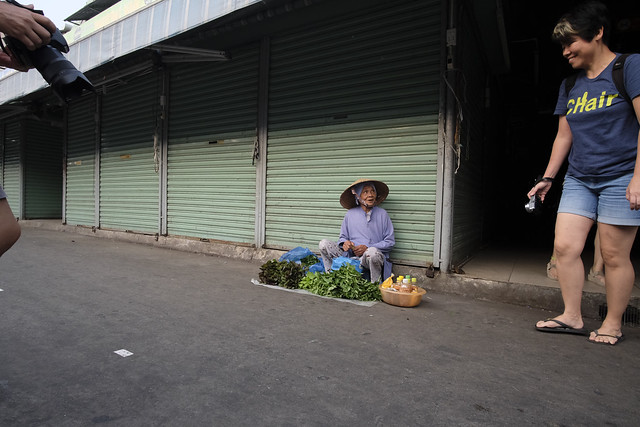
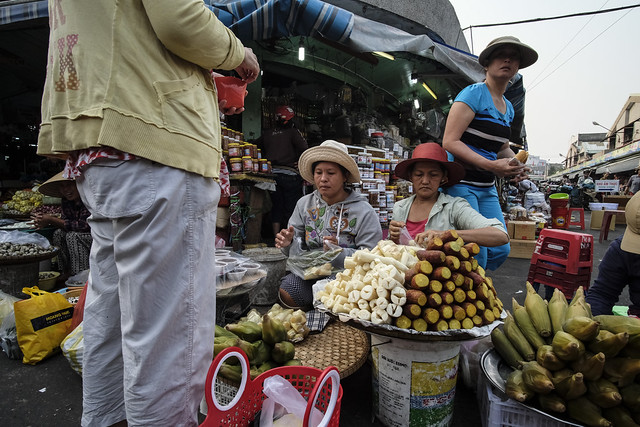
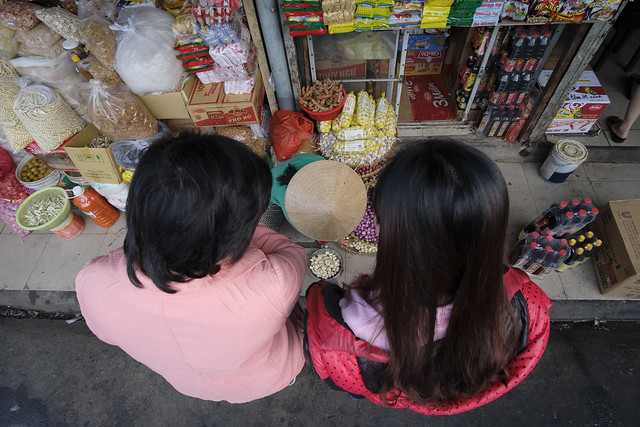
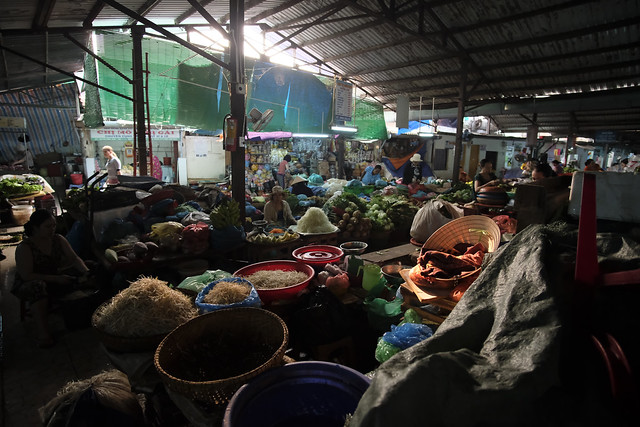
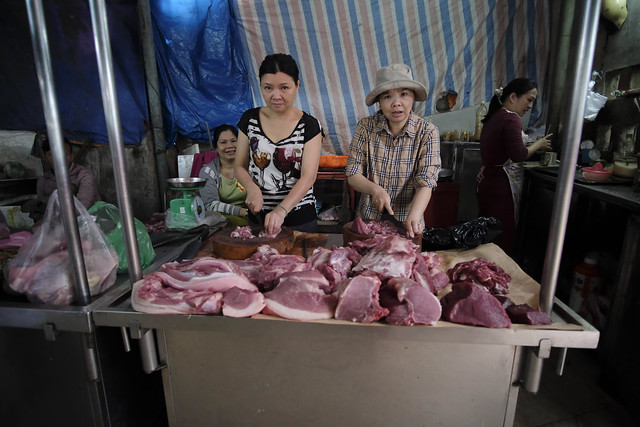
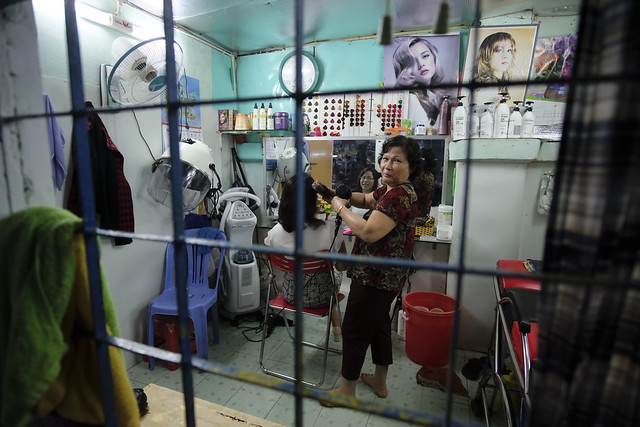

Just before I end…
Quite honestly Hoi An is a very interesting place to go. No doubt the place is getting touristy but it is not as bad as Malacca in some ways. I would say visit it before the place is overwhelmed with tourists (it is starting to feel crowded) and the attitude of the locals changes and the place will feel less authentic. For Singaporeans, the best way to go there is via Jetstar and Jetstar only. There are other flights from Jetstar that flies from Bangkok so you can plan a stop over at Thailand before flying into Da Nang. Is the city worth staying in? Maybe not for me unless you do want to check out the Marble Mountain, Monkey Mountain and Hai Van pass.
Etienne of Pics of Asia will be conducting a course with me as the assistant. If you are interested you can contact me or him to enquire more.
Pictures are taken with Fujifilm X-Pro 2 (review) with the 18-55 f2.8-4 kit lens and Samyang 12mm f2.0 ultra wide angle lens.

some interesting shots here….
LikeLike
[…] If you are wondering, this is my 2nd trip to Central Vietnam this year after doing my own trip to Hoi An. This trip however is different. I get to go explore Hue City with An, my guide from the […]
LikeLike
Reblogged this on Travel Thru' The Lens.
LikeLike